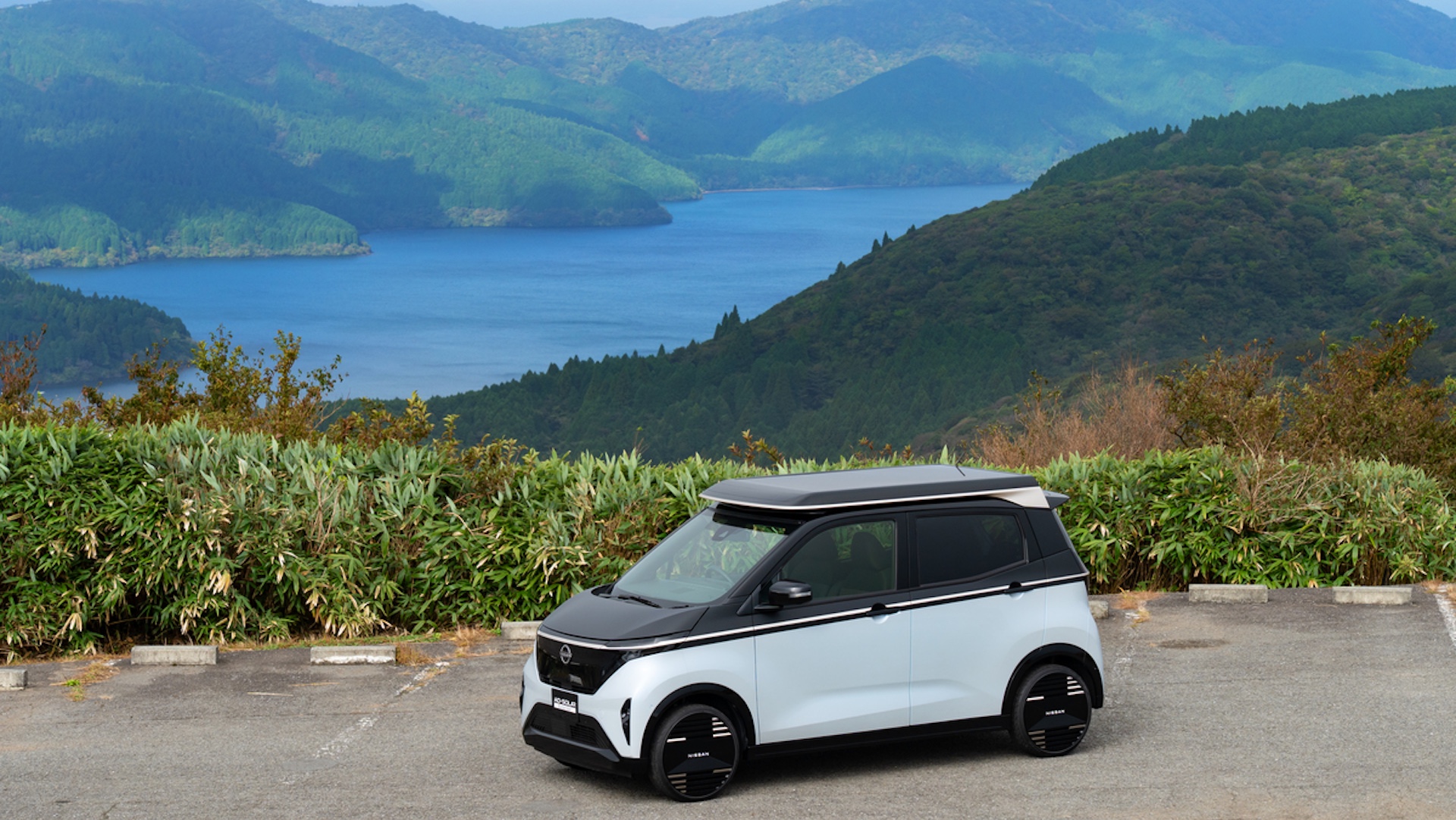- Nissan creates an extendable solar roof to recharge the batteries of electric vehicles
- Technology Demonstrated in Japan’s Best-Selling Small Electric Vehicle
- The Japanese brand wants to launch it commercially
Nissan will show off its version of a solar roof at the Japan Mobility show later this month, when it unveils a Sakura (Japan’s best-selling electric vehicle) equipped with what it calls “Ao-Solar Extender” technology.
This smart, although a bit unsightly, solar panel sits on top of the vehicle and charges while you drive. But the device also slides out to extend when parked, effectively doubling the photovoltaic surface area to increase the amount of energy that can be returned to the battery packs.
According to Nissan, the fully extended panel is capable of generating up to 500 watts of power, as well as protecting the cabin from the sun’s rays on hot, sunny days.
During inclement weather, when the extendable panel needs to be retracted, the system can generate around 300W, or around 80W during darker, rainier days.
It may not seem like much, but the engineers behind the device say it can add more than 1,800 miles of free electric driving each year.
In fact, the typical Sakura customer, who has plenty of vehicles to choose from in Japan’s bustling Kei car market, only travels a few miles to run errands or pick up the kids from school.
“Solar-generated power could nearly eliminate the need for grid-based charging for a significant portion of homeowners. Additionally, the solar system can serve as an emergency power source during disasters,” Nissan says.
Despite sounding a little crazy, the range-extending solar panel system is destined to go into production, with a commercial launch planned for some time in the near future.
a ray of sun

Several automakers have already experimented with solar roofs, and Fisker offers an ocean option that could add about 1,200 miles of free driving each year.
Similarly, Hyundai and Toyota also delivered optional devices that can add a couple of miles of range each day.
While Nissan’s claims of 1,800 miles each year may not seem like much, the technology could still be beneficial for those low-mileage users who leave their vehicles for a long time and only use the EV for shopping or running errands. As Nissan says, it could eliminate the need to plug in for some people.
What’s more, several premium brands are already looking beyond the large solar panels bolted to the roof and have begun experimenting with solar paint, which Mercedes-Benz debuted on the Vision EQ XX concept car.
The German brand says its active photovoltaic surface could add almost 7,500 additional EV miles per year under ideal conditions.
The company is clearly moving forward with its developments, as the most recent Vision Iconic EV concept sported the brand’s next generation of solar paint, suggesting it could soon become a marketed feature.
Follow TechRadar on Google News and add us as a preferred source to receive news, reviews and opinions from our experts in your feeds. Be sure to click the Follow button!
And of course you can also follow TechRadar on TikTok for news, reviews, unboxings in video form and receive regular updates from us on WhatsApp also.



